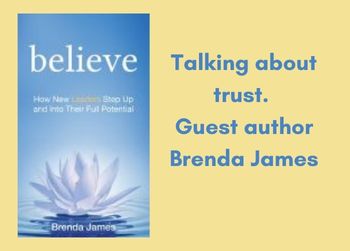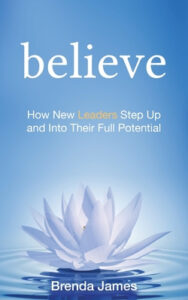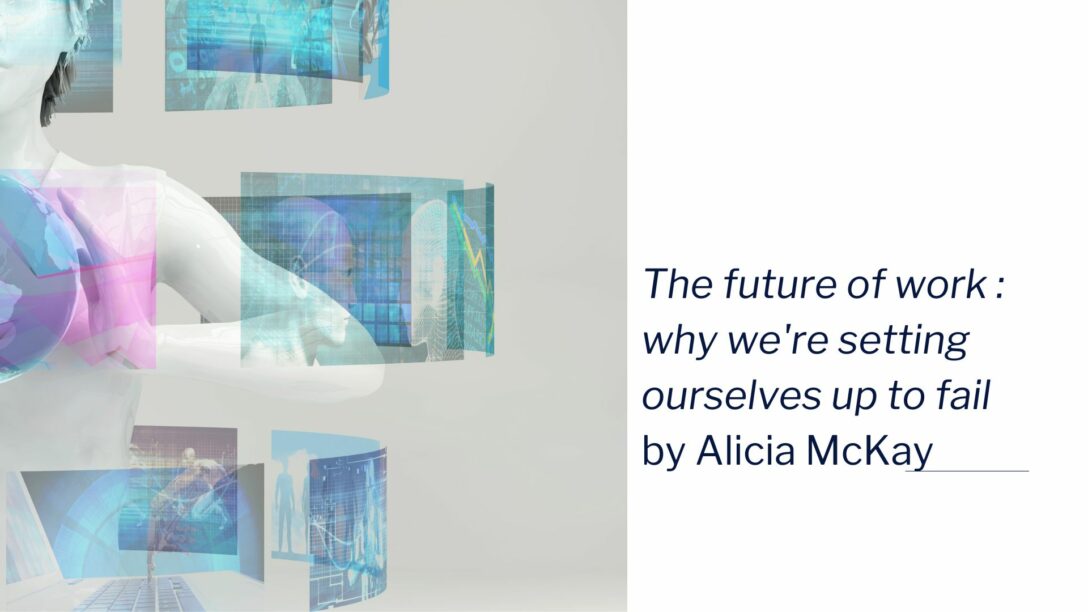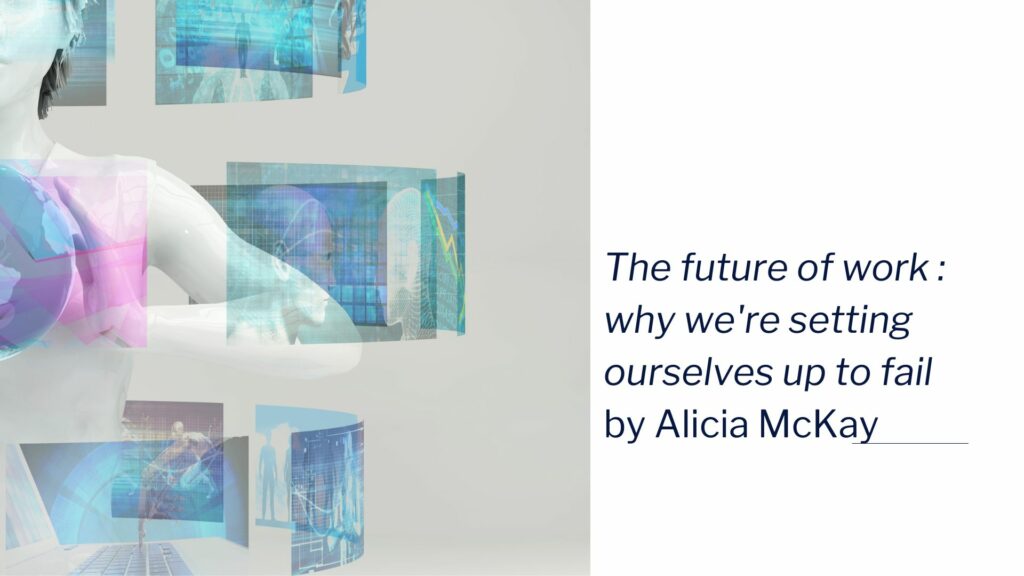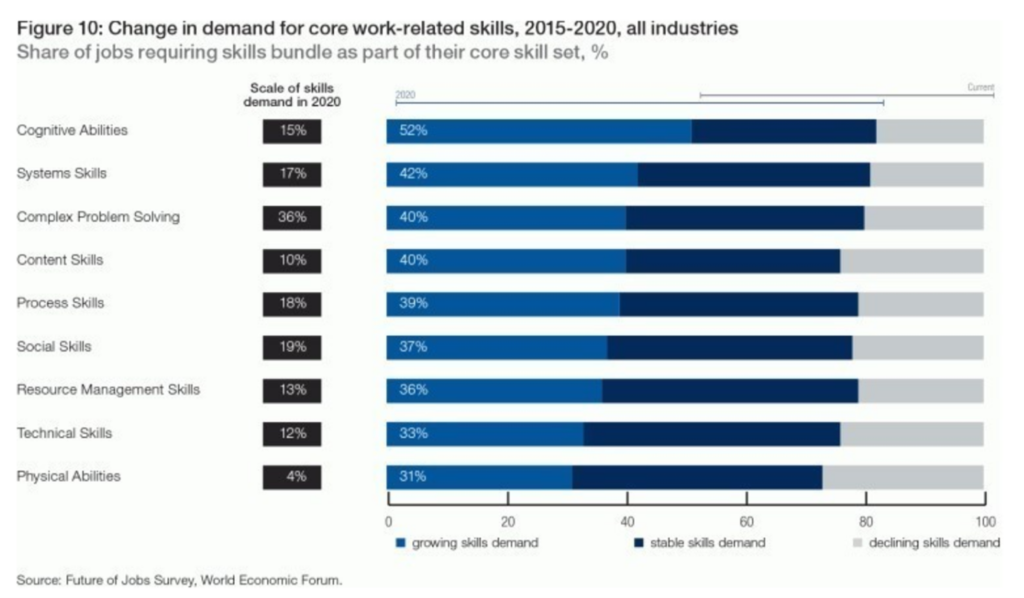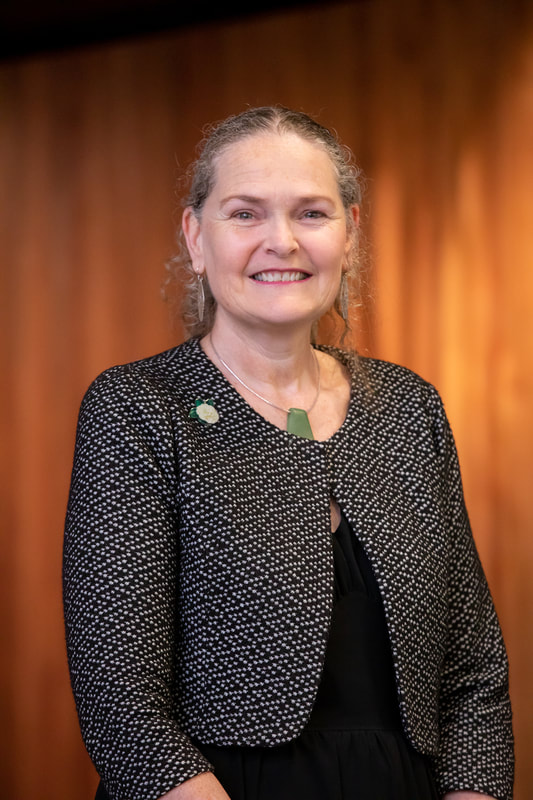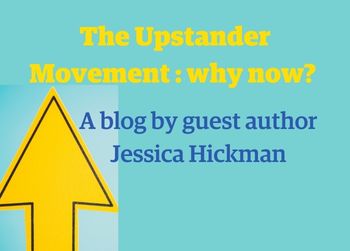
Today’s blog is written by Jessica Hickman and republished with permission of the author.
Jessica is an Australian leadership coach, speaker, educator, and author with a core focus on empowering others to own their ability with authentic confidence driving change and innovation. As the founder of Bullyology, Jessica leads the Upstander Movement creating cultural change in workplaces and communities.
Jessica recently published The Upstander Leader : How to develop a speak-up culture
Bullying is a serious epidemic that has left so many millions across the globe traumatised. It is behaviour that is encountered as early on in life as childhood– in childcare centres, in kindergarten, in prep school, and so on.
But bullying isn’t behaviour that’s only confined to school yard. It isn’t only seen in deliberately tripping the new kid as they walk past with their lunch tray, and it often isn’t as blatantly obvious as a bunch of school thugs emptying out the victim’s bag to look for lunch money.
Bullying doesn’t just end in school.
As children grow and enter the workforce, they continue to encounter bullies who will use subtler but no less humiliating tactics to destroy their targets. Workplace bullying can look like constant targeted belittlement, escalating to threats and intimidation. It can lead the victim to experience stress, anxiety, panic attacks, disrupted sleeping patterns, high blood pressure, ulcers, and a plethora of other health problems. The victim is plagued with self-doubt, their productivity suffers, their passion for their job is replaced with the fear and disgust they associate with their workplace bully.
Sadly, this is an issue that is extremely prevalent in Australia, which has been ranked 6th in workplace bullying, when compared to 34 other European countries.
Workplace bullying isn’t just a personal problem, though; it isn’t something that only affects the bully and his victim. It also costs companies in terms of time, resources, revenue, and productivity. In fact, it has been estimated that workplace bullying costs the Australian economy between $6 billion to $36 billion dollars, every year.
While bullying statistics do showcase the extent of bullying, I’ve come to understand that there’s more to the whole bullying epidemic than just numbers and percentages; behind every statistic is a real person, and respect.
Behind every statistic is a story that needs rectifying, and it needs to be rectified now.

That’s why the Upstander Movement matters.
It aims at helping us all grow into the part of ourselves that will call out injustice and abuse, the part of ourselves that rejects passivity and embraces purpose-driven change making.
That’s why the Upstander Movement is the Now.
Who is an Upstander, and Why Should You Be One?
An upstander, as the word suggests, is someone who stands up for something, against something they feel is morally wrong. An upstander is someone whose impact makes a positive difference.
Upstanders are in all of the great heroes we read about and remember. From Nelson Mandela, to Malala Yousafzai, an upstander is someone with the steely determination to always do what they believe is right, regardless of any extraneous factors standing in their way.
In the context of workplace bullying, an upstander is someone who stands up for the target of the bullying. An upstander is someone who notices the situation, speaks up against it, and is gracious in doing so.
The Upstander Effect means everyone comes to work and goes home safe. It leaves everyone feeling like they can do their best work, like they’re supported, seen, heard, and valued in the Workplace. It is a workplace where, ultimately, everyone can thrive.
It is all the more important to be an upstander now– when everyone is still silently battling the after-effects of a pandemic that has caused increased levels of isolation, loneliness, anxiety, suffering, and depression. It is all the more important to be the Upstander who can be the catalyst for collective support in the workplace, to eliminate bullying, discrimination, injustice and racism.

The Bystander Effect
“The ultimate tragedy is not the oppression and cruelty by the bad people but the silence over that by the good people.” -Martin Luther King, Jr.
A bystander is essentially the opposite of an Upstander.
A Bystander is someone who will see an injustice happening, and look the other way. The Bystander Effect is when people will content themselves with just standing by and diffuse responsibility, because they “don’t want to get involved”.
As someone who experienced severe workplace bullying, I know the difference it might have made to me and my situation, had the business leaders chosen to be an Upstander and speak up against my perpetrator. Instead, they chose to be bystanders to my situation.
To be a passive bystander to bullying, is to be complicit in the bullying itself. This is why it is important to take action, to take initiative, to speak up.
As long as there is a single upstander, there will be a difference. As long as we have people who are willing to take that one step to make the difference, as long as we have people who are not afraid to “get involved”, workplace bullying can be fought.
Changing the world doesn’t have to be done in leaps and bounds, or from pedestals and podiums; sometimes, all it takes is speaking out against an unkind word to a colleague.

Bullying in the workplace : causes, symptoms, and remedies
“Bullying in the workplace is a phenomenon that has recently intrigued researchers studying management and organizational issues, leading to such questions as why it occurs and what causes such harassment.” (Catalogue)
Bully blocking at work : a self-help guide for employees and managers / Field, Evelyn M
“No one goes to work to be humiliated, abused, ostracised, subjected to rumours, or assaulted. Yet this is the reality of a working day for more than one in six workers. Bullying causes billions of dollars in lost productivity, expensive mistakes, employee replacement costs, and health and welfare rehabilitation expenses. Most workplaces currently have few resources and systems to deal with the problem, leaving the victims to sink or swim, and the bullies to remain professionally incompetent. Few understand that bullying is not tough management or an aggressive personality trait to be suffered. Severe and unremitting bullying catapults the victim into such a damaging emotional state that it can lead to the breakdown of their very survival mechanisms. Bully Blocking at Work reveals for the first time the true evil nature of workplace bullying, helping the reader to understand its toxic, destructive impact on all employees – whether they are targets, bullies or onlookers – and provides advice for coping and confronting bullying, from both a personal and organisational perspective. The author has worked as a psychologist for over thirty years and has spent many hours listening to clients, conducting interviews, reading, speaking and writing about workplace bullying. Sprinkled liberally throughout the pages are quotes from the many sufferers of bullying that the author has personally worked with over many years.” (Catalogue)
Workplace bullying and harassment : a toolbox for managers and supervisors / Olsen, Hadyn
“Workplace bullying, harassment and occupational violence are not simple issues to deal with. If ignored or dealt with poorly, they can create a toxic workplace where high staff turnover, complaints and ongoing conflict are the norm. The second edition of this popular book provides information, advice, step-by-step processes and practical tips for managers and supervisors dealing with workplace bullying and harassment problems.” (Catalogue)
The well-spoken woman speaks out : how to use your voice to drive change / Jahnke, Christine K.
“Practical and inspiring, this book is a valuable asset for women seeking to drive change with #MeToo, March for our Lives, Time’s Up, Black Women Lead, Climate Action, She Should Run, Power to the Polls, and women’s marches. In her successful book The Well-Spoken Woman, top speech coach Christine K. Jahnke shared techniques to help women present their ideas effectively in any setting. This new follow-up is for women who are persisting, resisting, advocating, or running for office–and gives them the tools to be effective, persuasive, and powerful communicators. The Well-Spoken Woman Speaks Out will guide any woman who wants to state her case in the most compelling way, ensure that she is truly heard and understood, and seeks to impact and inspire others. It takes Jahnke’s direct experience working with women like Michelle Obama and the presidential campaign of Hillary Clinton and pairs it with the recent surge of women nationwide who are speaking up to drive social and political change. Jahnke, who has spent twenty-five years helping women leaders, provides guidance and best practices so you can: rally support for a cause, make a persuasive pitch, campaign for public office, be a successful advocate, and motivate people to make positive change. She applies her expertise to many facets of communicating publicly, including using your voice in social media; participating in panels, meetings, and discussions; giving presentations; and speaking to the media”– Provided by publisher.” (Catalogue)
Permission to speak : how to change what power sounds like, starting with you / Bay, Samara
“Find your voice and use it to lead us to a better future, with this game-changing blueprint for redefining what power and authority sound like–from a Hollywood communication expert. Anyone who has ever been told “You should speak up!” during a meeting at the office, a group project at school, or even a conversation among friends can attest to the misunderstanding at the heart of that demand. For those of us–including women, people of color, immigrants, and queer folks–who find it hard to speak up, the issue is not just about willpower. Many of us have internalized the same messages since birth: that because of the pitch of our voice, the accent we possess, or the slang we use, we will not be taken seriously. Power, we’re told, sounds like the mostly white, straight, wealthy men who wield it. Samara Bay–one of the most in-demand speech and dialect coaches in Hollywood–has made it her mission to change that, and with Permission to Speak she presents a fun and practical road map for making big cultural change while embracing our natural strengths. Drawing on her experience plus the latest research in public speaking, linguistics, and social science, she identifies tools for unlocking the potential in each of our voices–whether you’re an entrepreneur, a new political candidate, a creative type with a bold vision, or a mom going back to work. Giving yourself permission means more than landing your message–it’s about showing up when you show up and finding joy in speaking to your public. With simple tools, big ideas, and a whole lot of heart, Permission to Speak offers a revolutionary take on public speaking and a new definition of what power sounds like. Namely, you”– Provided by publisher.” (Catalogue)
Jerks at work : toxic coworkers and what to do about them / West, Tessa V.
Ever watched a coworker charm the pants off management while showing a competitive, Machiavellian side to the lower ranks? West profiles classic workplace archetypes, and gives advice to anyone who has ever cried in a bathroom stall at the office. Digging into the inner workings of each bad apple, she explores their motivations and insecurities, and offers clever strategies for stopping each type of jerk in their tracks. This is the playbook that you wish you didn’t need! — adapted from publisher info” (Adapted from Catalogue)
If you need more information please contact the Prosearch team at the library. We can help you find information across a range of perspectives and resources. All enquiries are treated in confidence.



